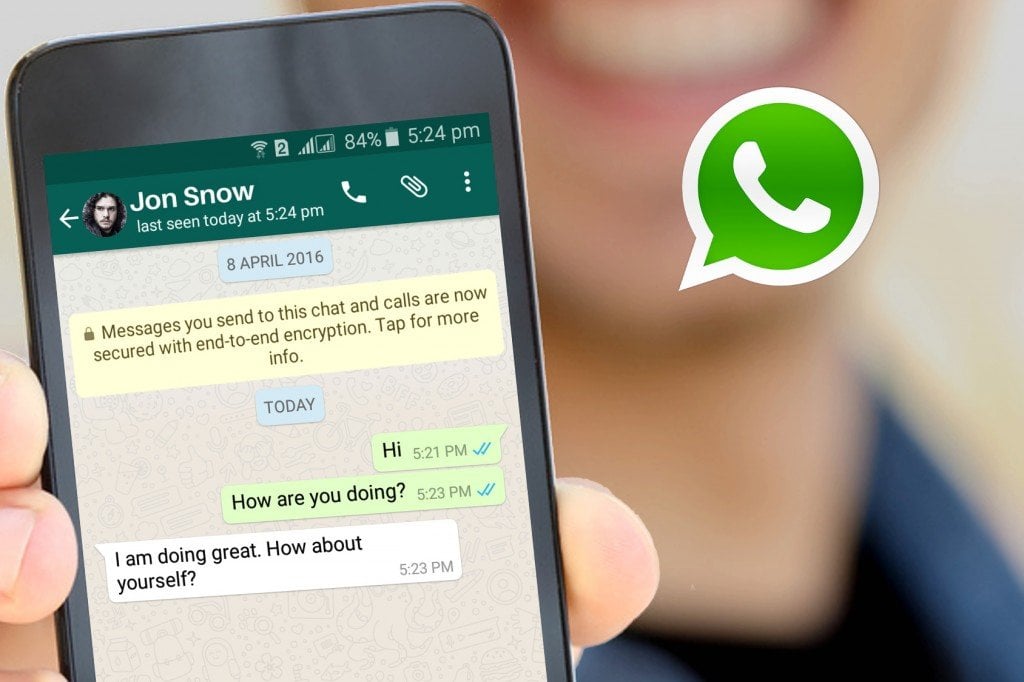

This is important because end-to-end encryption can give you the confidence that your communication is safe from prying eyes. Even the service that is sending the data can't see the content of your message when it passes through the server. In contrast, end-to-end encryption is the act of applying encryption to the data on your device and not decrypting it until it reaches the destination. The data is encrypted anytime it's in transit, but decrypted when it's "at rest." This protects the information through the most critical part of the trip - in transit - when it's often most vulnerable to hackers, interception, and theft. There, it is decrypted for processing, then re-encrypted and sent on to its final destination. Typically, if a service uses encryption, it will be encrypted on your device and sent to the server. The best way to understand end-to-end encryption is in contrast to a more traditional system called encryption-in-transit. It's only decrypted there so it can be read by the recipient. What makes end-to-end encryption unique is that whatever you're sending is encrypted on your device and travels in encrypted form all the way to its destination. One tool used by many modern communication services is end-to-end encryption. There's more interest in secure and private online communication than ever.


 0 kommentar(er)
0 kommentar(er)
